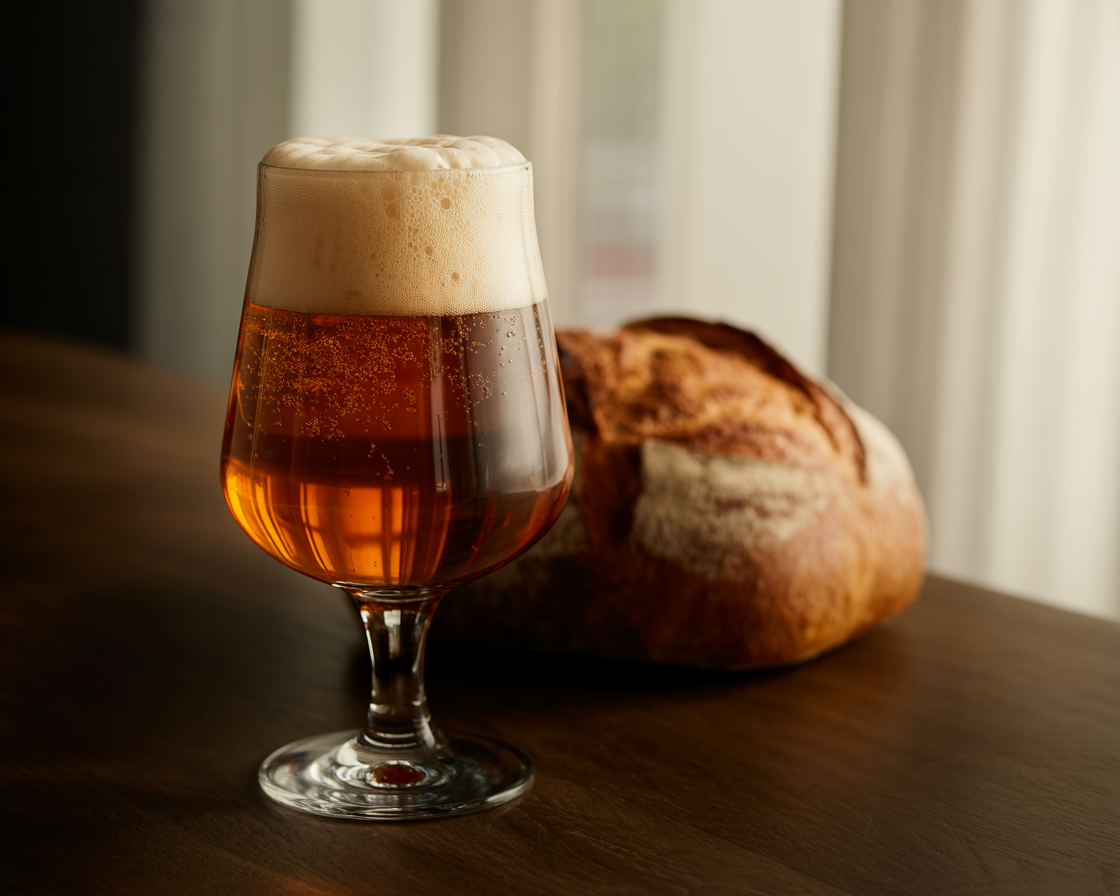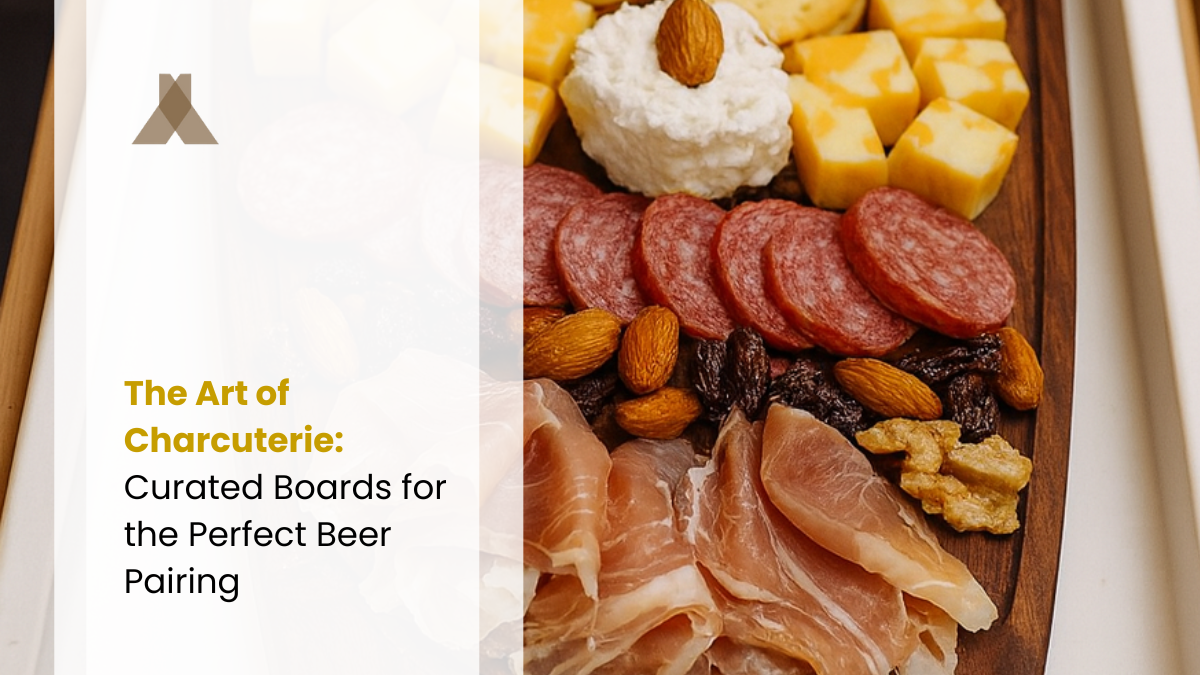Beer has carried many names over the centuries, but few are as telling of their times as “liquid bread” and “mother’s milk.” Both nicknames speak volumes about how people once viewed beer, not just as a drink for pleasure, but as essential nourishment, medicine, and even a safer option than water. Today, in the age of craft beer, these concepts still echo in the ways breweries describe their stouts, bocks, and milk stouts. Let’s take a closer look at why these names mattered then and why they still resonate now.
Liquid Bread: A Monk’s Survival Tool
The phrase “liquid bread” dates back to Bavarian monks in the Middle Ages, particularly during Lent. These monks brewed rich, malty Doppelbocks that were heavy in calories, nutrients, and unfermented sugars. With solid food restricted during fasting, beer became both sustenance and spiritual companion. The Doppelbock “Salvator” is the most famous example, still brewed today in Munich, and its legacy carries on in dozens of “–ator” named beers.
At the time, beer wasn’t a casual drink, it was survival. It filled the stomach, nourished the body, and gave energy during lean times. The nickname liquid bread wasn’t just metaphorical, it was a literal reflection of how beer kept communities alive.
Mother’s Milk: When Beer Was Safer Than Water
Fast forward to the 19th and early 20th century, and beer gained another surprising nickname, “mother’s milk.” Before modern sanitation, clean drinking water was not always guaranteed. In many cities, water sources were polluted and dangerous to drink, especially for children. Beer, brewed through boiling and fermentation, was often safer than water.
Brewers leaned into this with bold advertising. Milk stouts, brewed with lactose sugar, were marketed as “nourishing” and “restorative,” recommended for nursing mothers, invalids, and even babies. Advertisements showed doctors endorsing a pint of stout as part of a healthy diet. It may seem shocking today, but at the time it reflected the genuine trust people placed in beer as a daily staple.
The Evolution: From Necessity to Craft
Of course, as sanitation improved and science advanced, the idea of giving beer to infants or promoting it as a meal faded away. But the legacy of those nicknames still shapes the way we talk about certain beer styles.
- Bocks and Doppelbocks still carry the “liquid bread” reputation, big, malty, filling beers that feel like food in a glass.
- Milk stouts continue to be brewed with lactose, offering creamy sweetness and earning playful names that nod back to their history, like “Left Hand Milk Stout” or “Mother’s Milk” from Hepworth Brewery in the UK.
Craft brewers often revive these old traditions not out of necessity, but as a way to honor beer’s heritage and tell its story. When you sip a milk stout today, you’re tasting more than malt and lactose, you’re connecting to a time when people truly believed beer was life-giving.
Why It Matters Today
Craft beer thrives on storytelling. Behind every pint there’s history, and nicknames like liquid bread and mother’s milk remind us that beer was once far more than a weekend indulgence. It was sustenance, medicine, comfort, and sometimes even survival.
At Bierbath, when we pour a hearty stout or a malty Doppelbock, we’re pouring more than just beer, we’re pouring centuries of tradition, resilience, and creativity. It’s a reminder that beer has always been more than a drink, it’s been a part of our human story.
So the next time you raise a glass, think about the monks who lived on “liquid bread,” the mothers who were told a milk stout would nourish their families, and the modern brewers who keep those flavors alive today.




